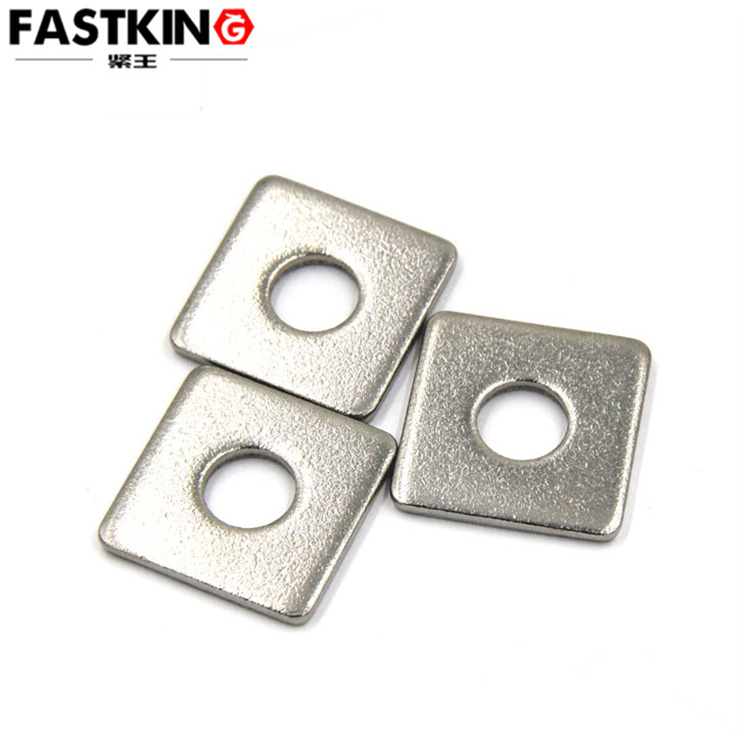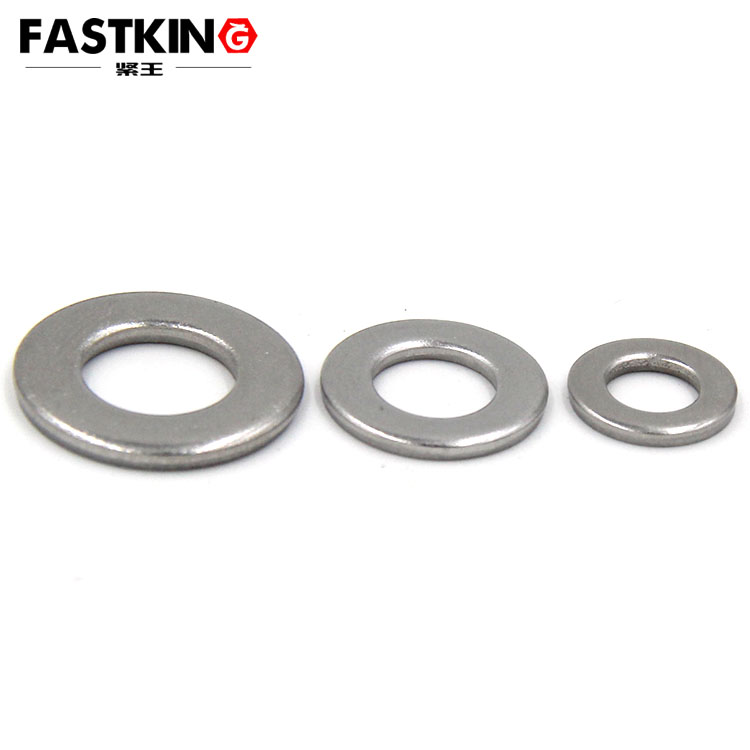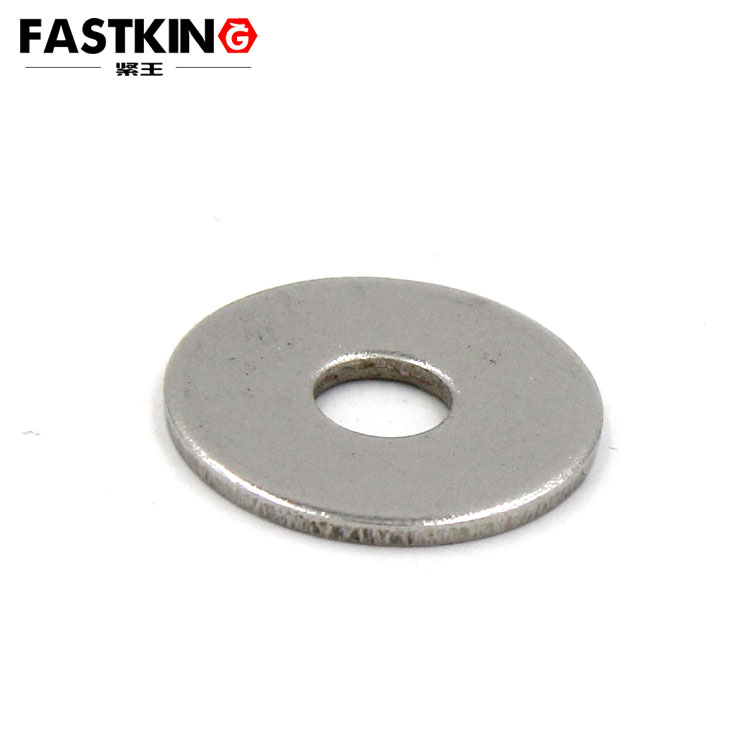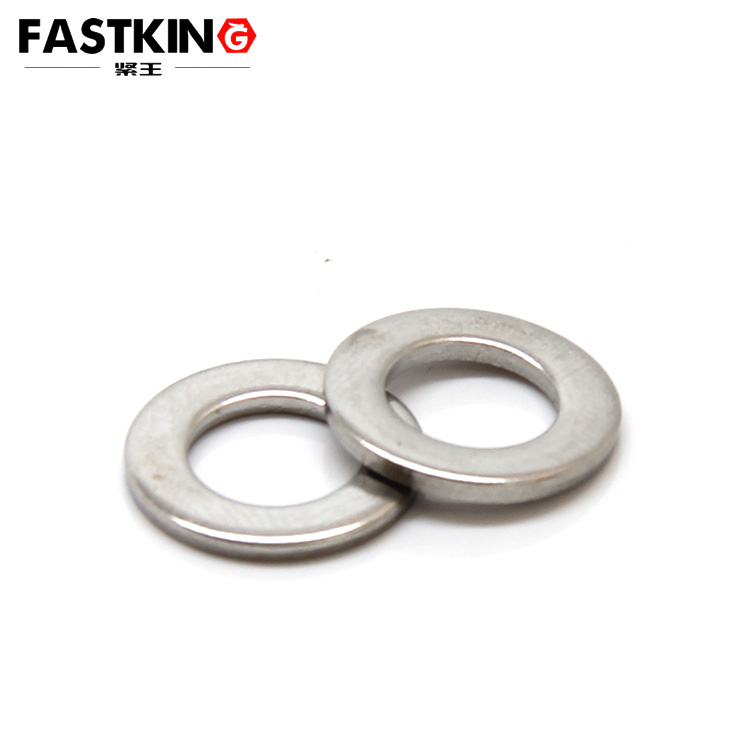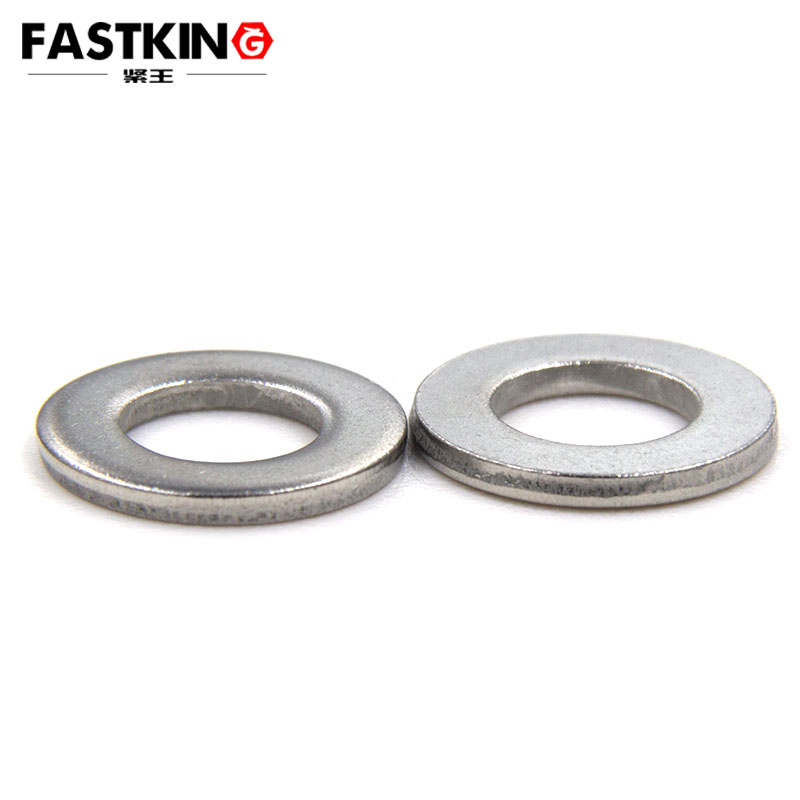- ZHUHAI JIALI HARDWARE CO.,LTD.
- 0760-85889089
Square washer DIN436
- Product description:Square washer for building should replace circular washer for wood building and concrete floor application; They are used with all fasteners for greater load distribution and bolts through walls or wo
Square washer DIN436
Material: stainless steel 304316, grade 8.8 high strength and grade 12.9 high strength
Application scope / industry: solar energy, electrical products, machinery, sports equipment, aerospace and other fields.
It can also support non-standard customization.
At the same time, all kinds of information should be complete, welcome to contact us.
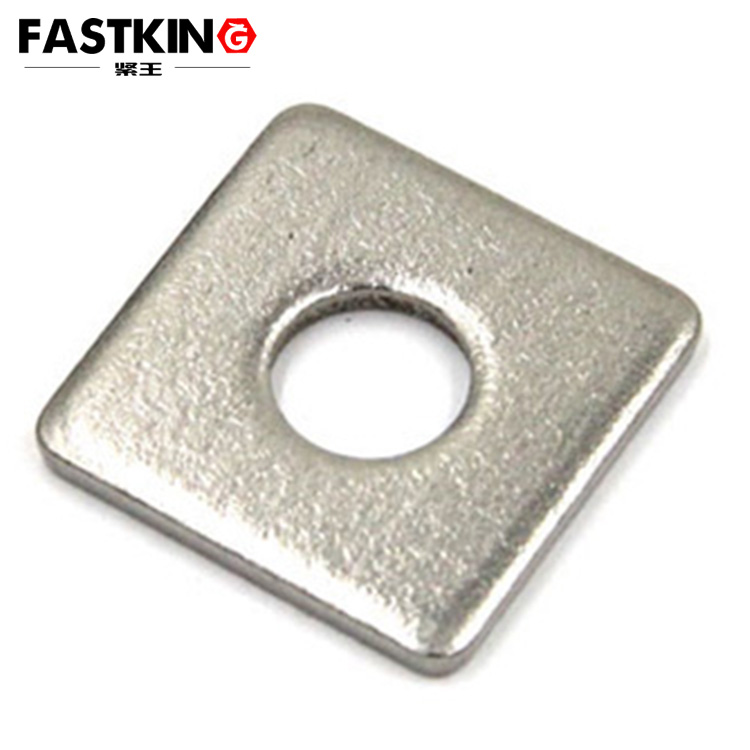
From the perspective of shape differences, the core distinction between square washers and round washers lies in "contact area and fit degree". The contact area of round washers is distributed in an annular shape, with curved edges. When in contact with non-smooth surfaces such as wood and concrete, they tend to have problems of incomplete local fit. For example, in wood connections, the uneven grain on the wood surface can cause the edges of round washers to be suspended, making it impossible to achieve uniform pressure transmission. In contrast, square washers have a regular rectangular contact area, and their four straight edges can form a tighter fit with the grain direction of wood and the planar structure of concrete. Especially in wood splicing or concrete prefabricated component connections, the straight edges of square washers can be aligned with the edges and joints of components, avoiding pressure concentration caused by shape mismatch.
Meanwhile, under the same nominal specification, the effective contact area of square washers is 15%-25% larger than that of round washers. A larger contact area means more uniform load distribution, which can effectively reduce the pressure per unit area and minimize the risk of cracking or deformation of building materials due to excessive local stress.
In wood construction scenarios, the advantages of square washers are particularly prominent. As a natural material, wood has uneven grain and brittle texture. When fasteners such as bolts and screws are tightened, using round washers directly can easily lead to splitting along the wood grain due to concentrated pressure. For instance, in the joint connection of wooden roof trusses, the pressure of round washers on wood is concentrated at the curved edges, and long-term stress can easily cause wood fiber breakage. However, square washers can evenly distribute the pre-tightening force of fasteners to the wood surface through their rectangular contact area. By matching the grain direction of wood (e.g., the grain direction has higher load-bearing capacity), the pressure is transmitted along the direction of higher wood strength, significantly reducing the risk of splitting.
In addition, in the through-connection of wood walls, the straight edges of square washers can be aligned with the wooden keels and wall panel edges of the wall, avoiding the fit misalignment of round washers caused by rotational deviation. This ensures that when bolts pass through the wood, the stress at the entire connection node remains stable. For example, in the exterior wall fixing of light wood-framed houses, square washers paired with self-tapping bolts can evenly transmit the weight of wall panels to wooden keels. Even in the case of wood shrinkage or expansion caused by wind pressure and temperature changes, the integrity of the connection can be maintained through stable load distribution.
Concrete floor applications are another important "battleground" for square washers. Concrete floors are characterized by high hardness and significant differences in surface flatness. When fixing equipment bases or installing outdoor facilities (such as fences and street lamps), traditional round washers are prone to "point contact" due to minor depressions on the concrete surface, resulting in uneven load transmission. Long-term use can easily lead to equipment tilting or loosening. However, the four straight edges of square washers can better adapt to the flatness deviations of concrete surfaces. Even if there are local protrusions or depressions on the ground, the large contact area of square washers allows for adjustment of the fitting position to achieve uniform pressure distribution.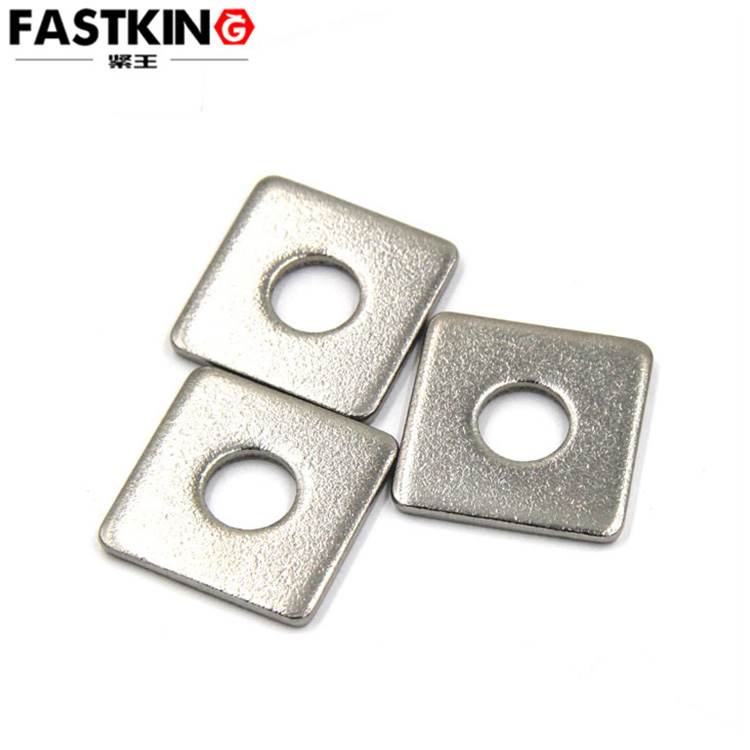

For example, when installing the base of an outdoor billboard on a concrete floor, square washers paired with expansion bolts can disperse the weight of the billboard to a larger area of the concrete surface, preventing cracking of the concrete around the expansion bolts due to excessive local pressure. When fixing charging piles on the concrete floor of a garage, square washers can fit tightly to the ground with bolts, resisting vibrations caused by vehicle traffic and preventing the charging piles from loosening due to long-term vibrations, thus ensuring electrical safety.
The adaptability of square washers is also reflected in their "compatibility with all fasteners". Whether it is bolts, screws, expansion bolts, or self-tapping screws, square washers can be perfectly matched with them through precise inner diameter design. Their inner diameter tolerance is strictly controlled within ±0.1mm, ensuring that the shank of the fastener can pass through smoothly while avoiding washer deviation caused by excessive clearance.
In construction, this compatibility greatly improves construction efficiency: workers do not need to match washers separately for different fasteners. Square washers of the same specification can be used with bolts for wall penetration and with self-tapping screws for wood splicing, reducing the time spent on tool replacement and specification checking. For example, in the construction of prefabricated wood structures, square washers can be used to fit both bolts for connecting wood components and self-tapping screws for fixing wall panels, simplifying on-site material management and reducing the probability of construction errors.
In terms of material selection, square washers for construction need to balance strength and weather resistance. For dry indoor wood scenarios, low-carbon steel square washers are suitable, as they are low-cost and have good toughness, meeting regular load requirements. For outdoor wood buildings or concrete floors (such as courtyard wood floors and outdoor concrete platforms), hot-dip galvanized square washers are mostly used. The galvanized layer forms a dense protective film on the washer surface, resisting corrosion of the metal by rainwater and moisture, and avoiding connection failure caused by washer rust.

In high-humidity or corrosive environments (such as concrete docks in coastal areas and wooden sea-view houses), square washers made of stainless steel (304 or 316) are the first choice. Their excellent rust resistance ensures no rust during long-term use, safeguarding the safety and durability of connection nodes.
Although square washers seem simple in shape, they focus on "targeted solutions to scenario pain points" and have become high-quality alternatives to round washers in the construction field. In wood construction, they protect wood from pressure-induced splitting; in concrete floors, they evenly distribute loads to prevent material damage; and their compatibility with various fasteners makes them a "booster" for construction efficiency. As the construction industry continues to raise requirements for construction quality and material durability, square washers will play a role in more segmented scenarios, using their "square" stability and reliability to safeguard the safety and longevity of building structures.

